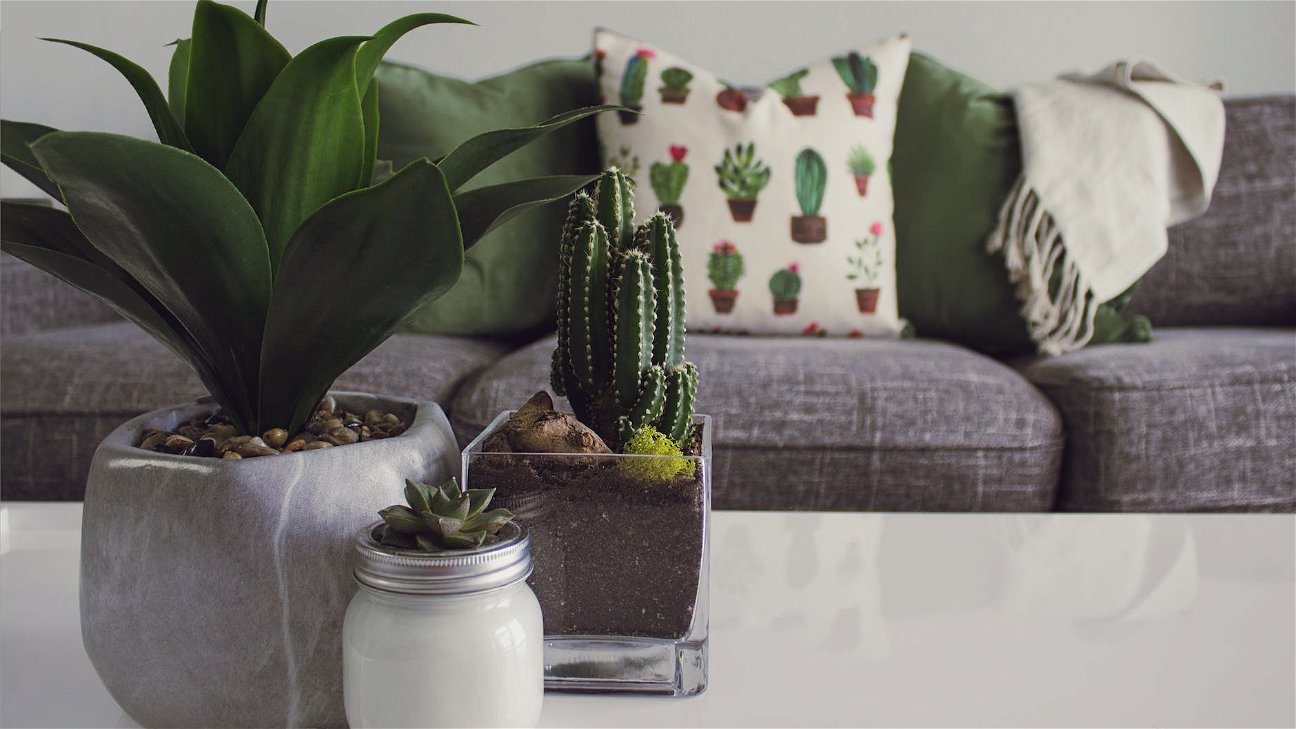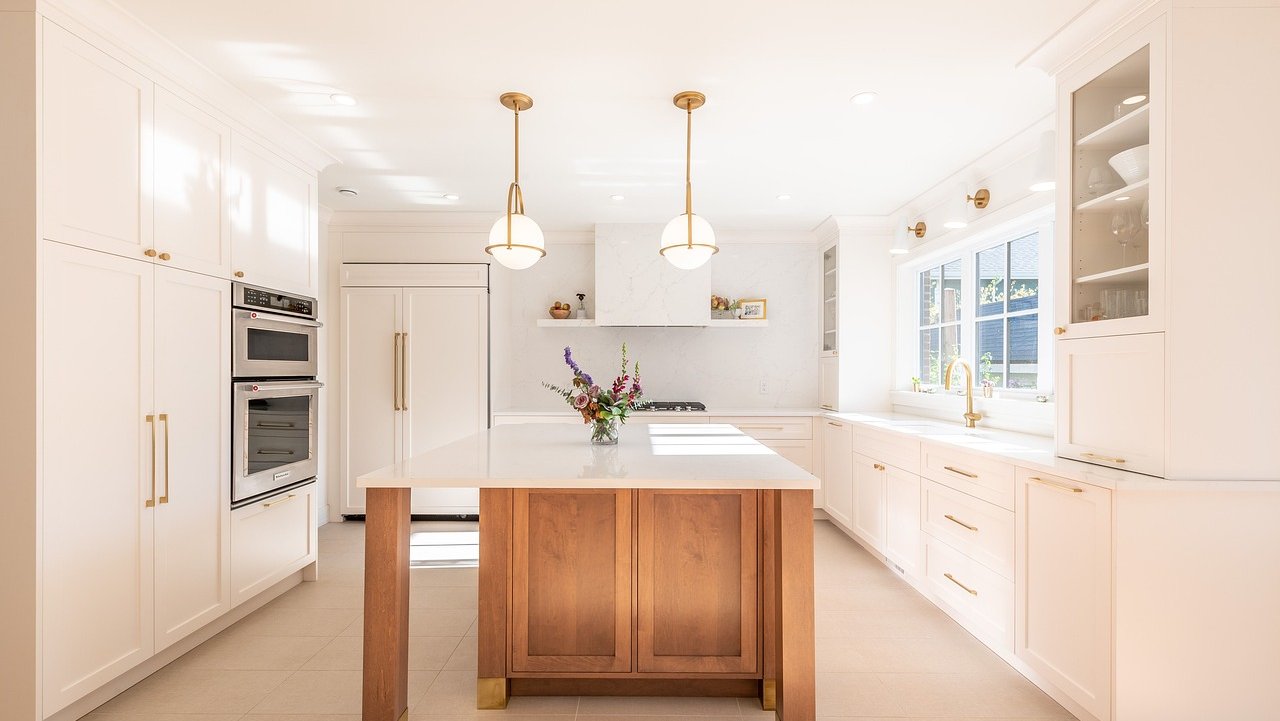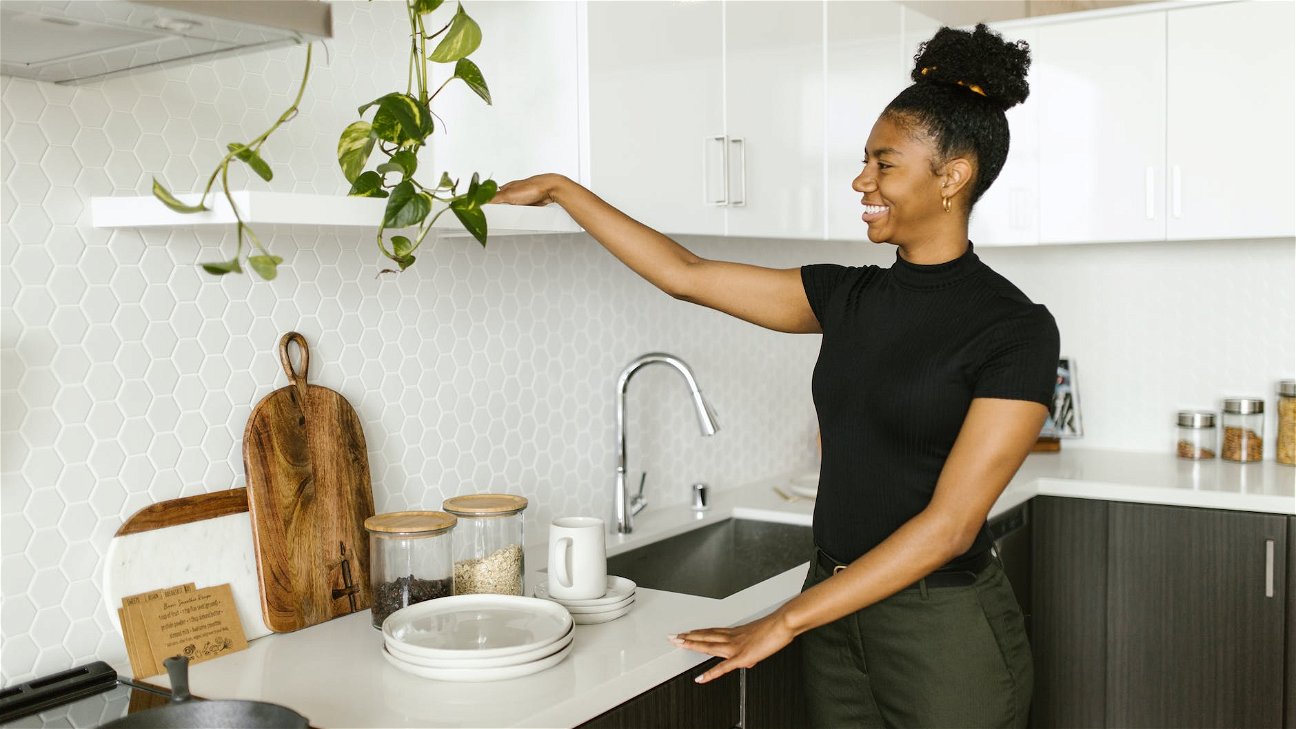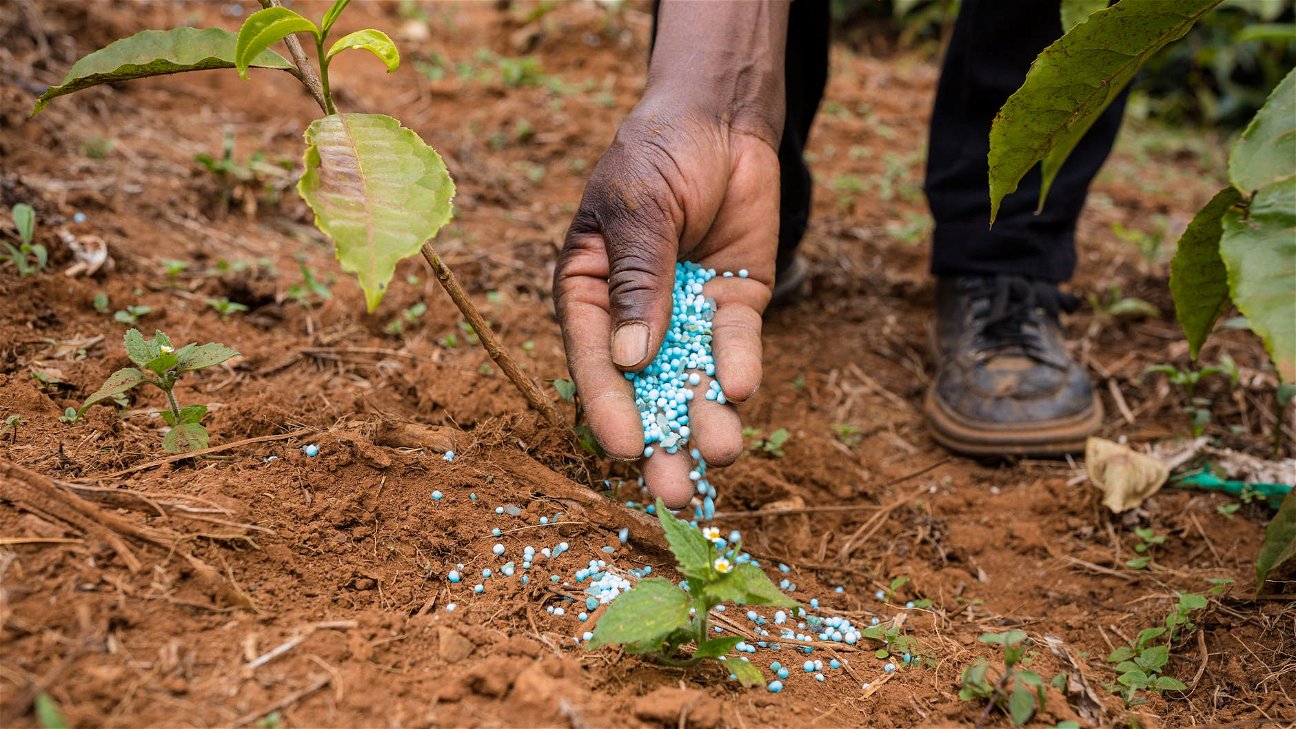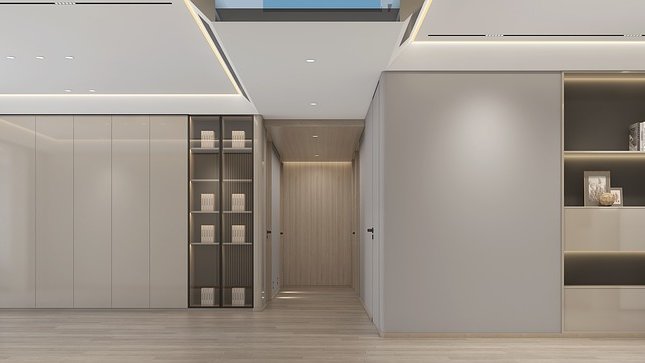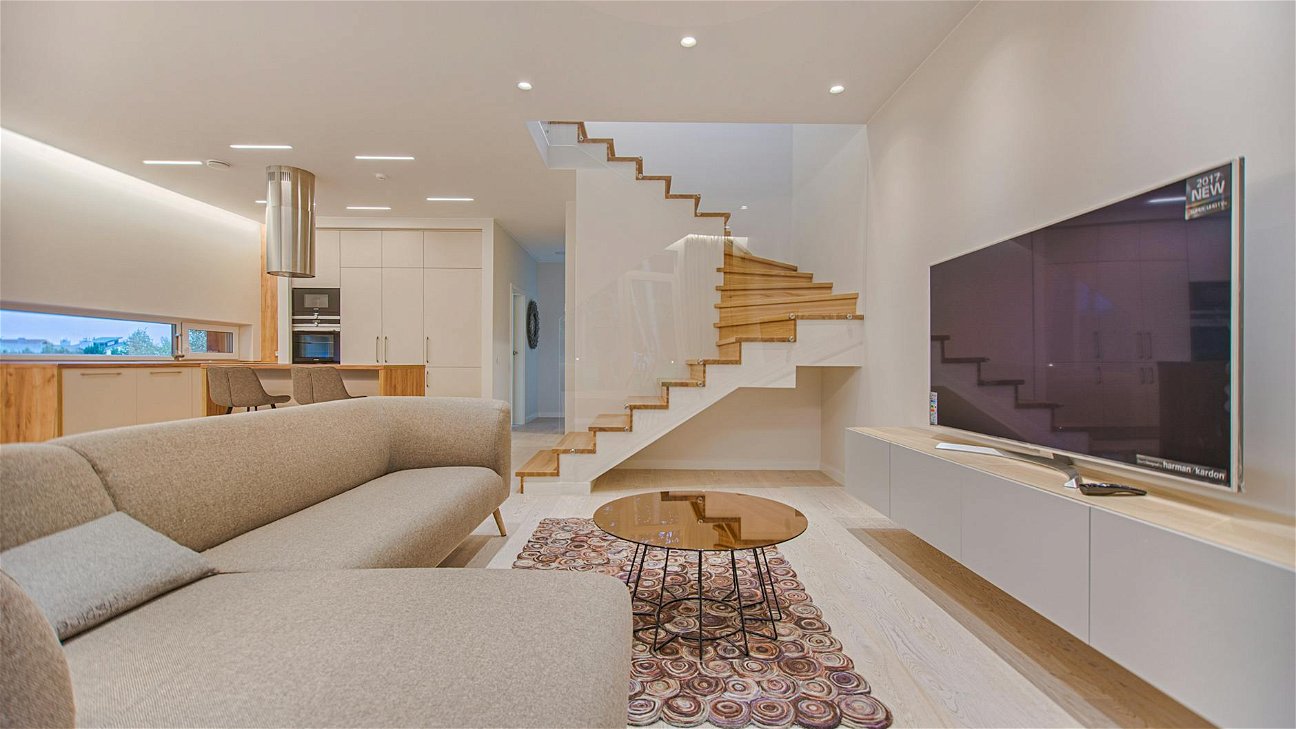
Creating a room that will grow with your child is a task that requires careful planning and creative thinking. It's about finding the balance between functionality and aesthetics, understanding the needs of your child as they grow, and making space adapt to these changes. Here are some tips and strategies to help you along the way.
Understanding the basics of kid's room design
The first step in designing a room that grows with your child is understanding the basics of kids room design. This includes knowing the importance of safety, functionality, and adaptability. Your child's room should be a safe space for them to play, learn, and rest. It must be functional and organized to accommodate their needs and activities. Also, it should be adaptive, allowing for easy changes as your child grows.
Choosing flexible furniture
Flexibility is key when it comes to choosing furniture for your child’s room. Look for furniture that can serve multiple purposes and can be used for several years. For example, consider buying a convertible crib that can be turned into a toddler bed. Or, choose a desk that can be adjusted in height as your child grows.
Investing in age-appropriate decor
When it comes to decorating your child's room, choose age-appropriate decor that can easily be changed as your child grows. This could mean opting for removable wall stickers instead of permanent wall murals, or choosing bedding and curtains in solid colors or classic patterns rather than character-themed ones.
Here are some age-appropriate decor ideas for a kids room:
Planning for storage
As your child grows, so does the amount of stuff they have. That’s why it’s essential to plan for storage in your child’s room. Consider using storage solutions that are flexible and can be easily adjusted as your child's needs change. This could include removable bins, adjustable shelves, or multi-purpose furniture with built-in storage.
Considering room layout
The room layout plays a crucial role in how your child uses their space. As your child grows, their activities and needs change, and the room layout should adapt to these changes. For example, a toddler might need a large play area, while a school-age child might need a dedicated study area.
Designing a kid's room that grows with them is a rewarding task. It allows you to create a space that nurtures your child's growth and changes with them as they mature. By considering the tips listed above, you can create a room that your child will love for years to come.




